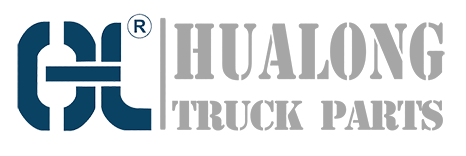Introduction
If you own or work on heavy equipment or machinery that requires a cabin tilt system, then you know how important it is to keep your equipment functioning properly. One of the most crucial components of a cabin tilt system is the 2.70111 cabin tilt pump. This article will provide an in-depth look at this electrical pump, including its key features, how it works, and how to troubleshoot problems that may arise.
What is the 2.70111 Cabin Tilt Pump?
The 2.70111 cabin tilt pump, also known as an electrical tilt pump, is a key component of a hydraulic cabin tilt system that is used to tilt the cabin or operator cab of various heavy equipment and machinery. This pump is specifically designed to supply the hydraulic pressure required to tilt the cab without the need for manual labor. A cabin tilt system is essential so that the operator can have an optimal view of their work area, also providing easy access for servicing and maintenance.
Key Features of the 2.70111 Cabin Tilt Pump
The 2.70111 cabin tilt pump is an electrical hydraulic pump that uses an electronic controller to manage the flow of hydraulic fluid into and out of the system. This pump is designed to work with a variety of hydraulic systems and be highly efficient, providing optimal performance. The pumps come many types, which have different operating pressures and flow rates. Make sure to select the right pump that aligns with your machinery requirements.
How Does the 2.70111 Cabin Tilt Pump Work?
The electrical tilt pump receives its power from the electrical system of the equipment or machinery. Power is supplied to the pump, which then creates high-pressure hydraulic fluid flow to the hydraulic cylinder that tilts the cabin. The electronic controller senses the position of the tilt cylinder rod and controls the pump to maintain the desired tilt position or initiate tilting movement.
Common Problems with the 2.70111 Cabin Tilt Pump
One of the most common problems with the 2.70111 cabin tilt pump is due to the hydraulic fluid's contamination. Foreign substances such as dirt, dust, or water will affect the pump's performance and eventually lead to the system's failure. Inadequate maintenance in the hydraulic system is a major culprit behind many malfunctions. Other common issues involve solenoid valves, electrical wiring, and malfunctioning sensors. Regular maintenance of the cabin tilt system is the key to avoid unexpected downtime.
How to Troubleshoot Problems with the 2.70111 Cabin Tilt Pump
If the cabin tilt system is not working correctly due to the pump, here are some of the steps you can take to troubleshoot the problem:
- Check the hydraulic fluid level and make sure it's not contaminated.
- Inspect the hydraulic connections for leaks and tighten any loose fittings.
- Examine the solenoid valves to ensure they are operating correctly.
- Verify the electronic controller-tuning parameters according to the specifications.
- Check the electrical wiring connections related to the pump and the position sensors of the hydraulic cylinder.
How to Replace the 2.70111 Cabin Tilt Pump
The replacement of the 2.70111 cabin tilt pump follows standard procedures. The process involves removing the defective pump from the hydraulic system and replacing it with a new pump. During installation, make sure to carefully follow the manufacturer's directions and specifications. Never try to mix and match different types of pumps or parts.
Conclusion
The 2.70111 cabin tilt pump is an essential component of a hydraulic cabin tilt system. It allows heavy machine operators to move and control the position of the cabin without physical effort and, therefore, maximize efficiency. But, like any other machine component, you must maintain it and troubleshoot problems immediately. Understanding how the electrical tilt pump operates, knowing its key features, and how to maintain it, will ensure your heavy equipment and machinery operate correctly and without interruption.

